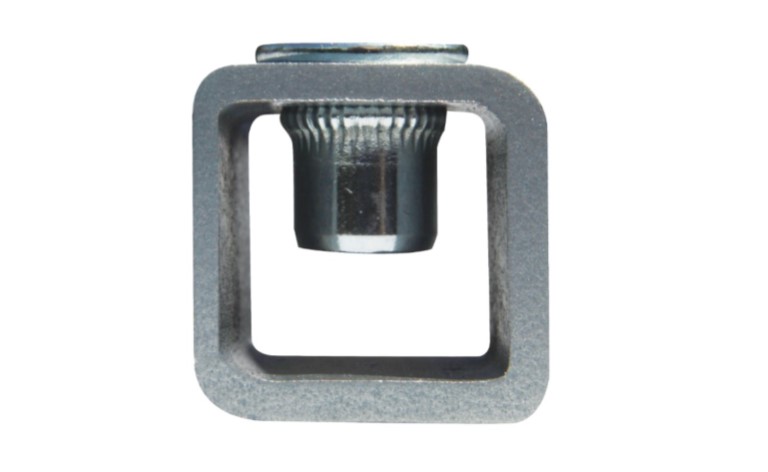

“Even though blind riveting is a reliable fastening method, it does have limitations,” says Craig Bonnville, sales director of the GESIPA riveting division at SFS Group USA Inc. Extra-long-rivet installation may require two trigger pulls if the tool’s piston stroke is too short or its traction pulling power is too low. The typical blind-rivet installation takes less than a second and requires the worker to pull the tool trigger only once. Small pieces of loose metal in a car may produce rattling that annoys the driver, whereas in an aircraft they can cause serious structural damage. Once the tool reaches a predetermined setting force or tensile load, the mandrel breaks off and either falls to the ground or is moved by vacuum into a collection device.Įquipment suppliers note that mandrel collection is especially important at automotive and aerospace plants to limit debris. This pulling also deforms the rivet body into a load-bearing head or bulb at the end of the rivet, clamping the sheets together. As the tool pulls the mandrel head into the rivet body, the head expands the walls of the rivet radially to fill the hole. Next, the jaws in the rivet tool’s nosepiece are positioned to properly grip the mandrel. The mandrel protrudes from the core and looks like a nail or wire.Īfter a hole is drilled or punched through the parts to be joined, the rivet body is inserted. A hole, or core, usually extends the length of the body. The body looks like a small tube that is flared on one end. Increasingly, however, the rivets are also used to assemble small products, such as electronic components in cell phones.Ī blind rivet is a two-piece fastener consisting of a headed, hollow rivet body and a solid mandrel (or stem). As a result, blind rivets are used in white goods, heavy trucks, tractors, garage doors and prefabricated metal buildings. A Proven Processīlind riveting has a decades-long track record of success, especially with large assemblies. More than 100 years later, the rivets come in various types, materials, and head styles, and are increasingly being used to assemble products in industries as diverse as aerospace, automotive, electronics, solar power, jewelry and woodworking. When blind rivets were first introduced, they were made of aluminum and used as a replacement fastener for solid rivets that required repair. Hammer-drive screws were initially used to hold the plates in place, but the hammer often damaged the screw head and the installed screws looked bad. The rivets are installed with a one-way mandrel at a rate of up to 70 per minute. uses tubular blind rivets to attach an ID plate to the product’s compressor housing. Rivet nuts are an ideal replacement for weld nuts because they will not distort base materials, eliminate weld splatter, toxic fumes, and other by-products of the welding process, and can be installed in many different kinds of material including steel, plastic, composites, and fiberglass.Much further Northeast, in Nizhny Novgorod, Russia, automotive-turbocharger manufacturer CZ a.s. In the field of aviation, rivet nuts are often used to attach various items, such as static dischargers and inspection access covers, to the surface of an aircraft. It was first used to mount rubber de-icing boots to aircraft wings. The first rivet nut was created by BF Goodrich in the 1930s, and sold under the trademark RIVNUT®.

The other is similarly drawn in using a screw, but is drawn into the sleeve instead of creating a bulge. There are two types: one is designed to form a bulge on the back side of the panel as a screw is tightened in its threads. A rivet nut, also known as a blind rivet nut, or rivnut, is a one-piece internally threaded and counterbored tubular rivet that can be anchored entirely from one side.


 0 kommentar(er)
0 kommentar(er)
